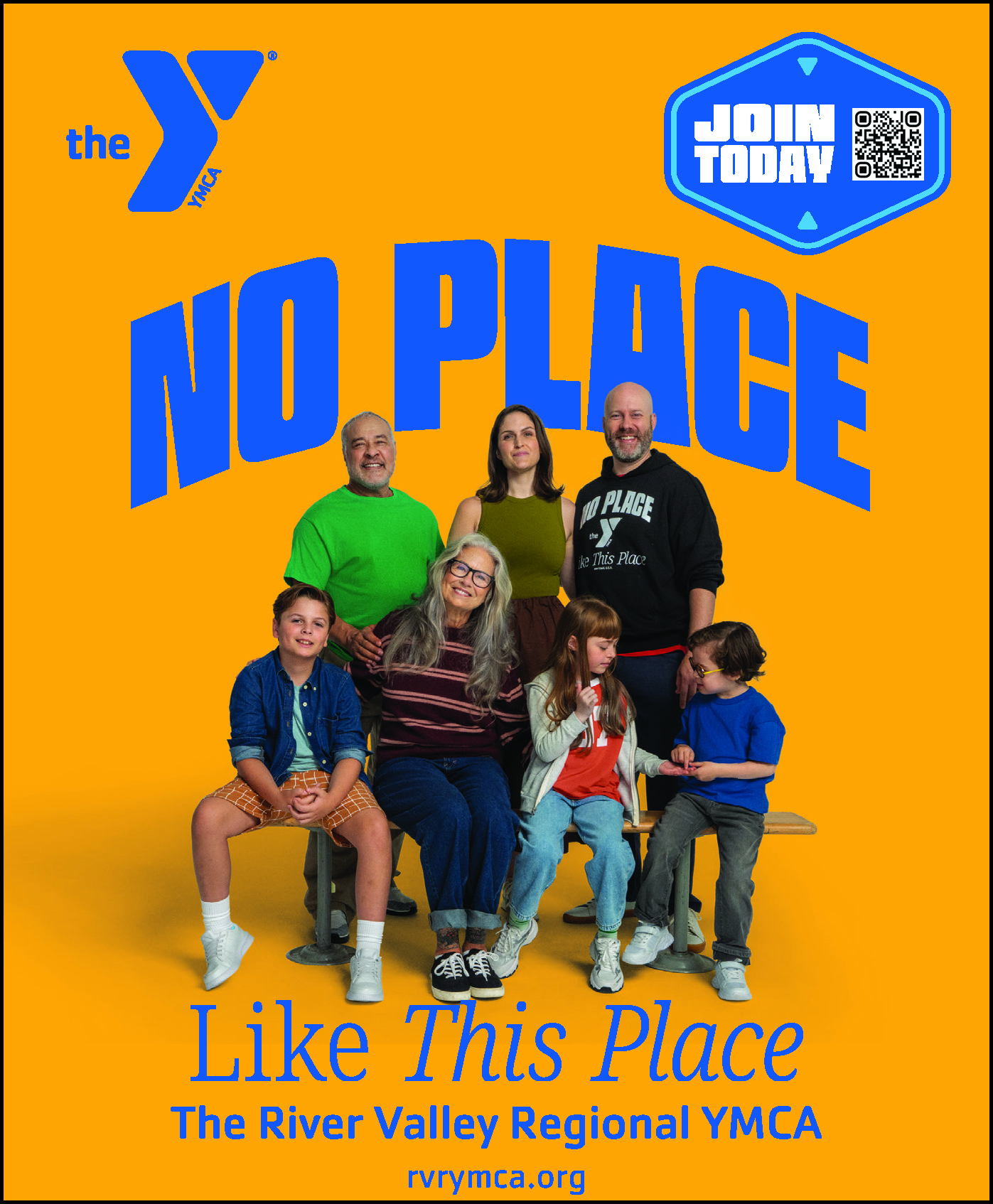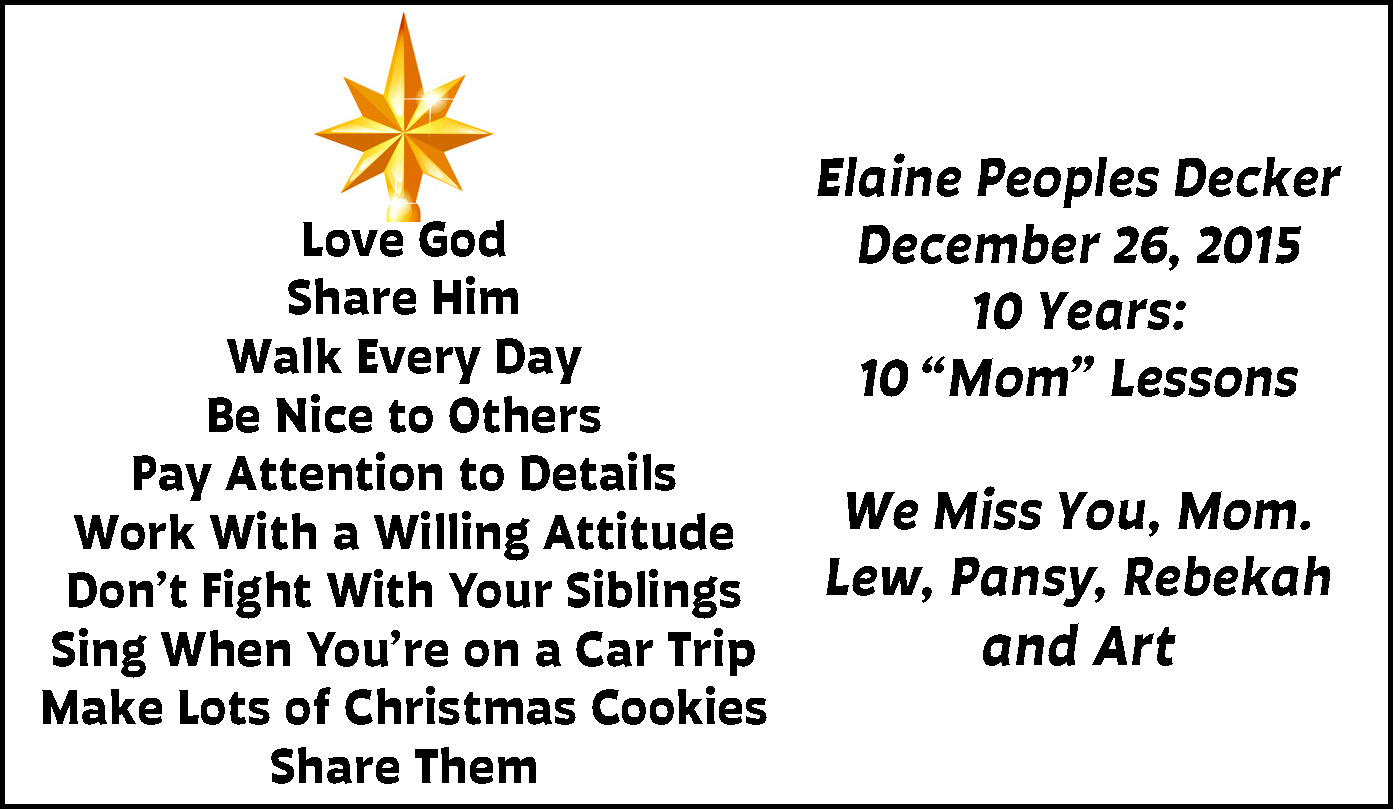It was on Monday, March 16, 2020, that Governor Wolf told all “non-essential” businesses in Pennsylvania to close for the next two weeks. He stated that without it, Pennsylvania’s health care system would be at risk of being overwhelmed with people sick with the coronavirus. The mandate rollout specified what was considered essential and what was not, and in a press conference presenting the mandate, the governor gave suggestions on shopping and other ways of adjusting life. He painted a very bleak picture and stated that ideally, “I would like people to stay home 24 hours a day.” (At the time, that statement seemed like hyperbole, later we realized that he was actually speaking the truth).
Yet there was a hopeful tone, as Governor Wolf said during that original press conference that the shutdown order would be re-evaluated after two weeks. Well, it turned out that he added fifty weeks to those two weeks because we are still here. So, in reflection, what have we gained by this year-long shutdown? I think the best way to evaluate it is to see what we have learned or not learned in this past year.
Question: “Have shutdowns limited the spread of the virus?” Answer: “Yes and No.” Yes, in the sense that like any virus, the less contact with others, the smaller risk of spreading infection. But this virus is a novel virus, technically SARS-CoV-2, and given its uniqueness, it will spread because that is what viruses do. The shutdown in Pennsylvania and throughout the United States were largely spearheaded by research conducted primarily from Professor Neil Ferguson of Imperial College in London, England. Ferguson has a poor track record on past predictions but is still considered the eminent epidemiologist in his field. It was Ferguson’s model that Dr. Fauci took as gospel predicting a draconian death rate from COVID. Stay-at-home orders seemed the only logical response. Yet, the spread of the disease has been global despite these restrictions. There is no discernible pattern between states in the USA and countries around the world that practiced very different responses.
Question: “How deadly is this virus anyway?” Answer: “Not very.” This might seem shocking for those who continually hear the mantra that a half a million Americans have died because of COVID, but there is a lot of politics behind that number. We saw this locally last Spring when Coroner Charles E. Kiessling Jr. commented at a Lycoming County Commissioners Meeting that a COVID death recorded in Lycoming County did not come from his office but from Harrisburg. Quietly, that statistic disappeared from the state’s official count.
This is exactly what other coroners around the country have been complaining about. As a retired coroner in New York City put it bluntly, “Dying WITH COVID and dying FROM COVID are two entirely different things.” Even the CDC itself admitted at the end of August that the virus directly caused only 6 percent, or just over 11,000 of the 187,000 attributed deaths at that time.
Deborah Birx, MD, coordinator of the White House Coronavirus Task Force, admitted as much last April when asked about people who have COVID-19 but die from preexisting conditions stated: “If someone dies with COVID-19, we are counting that as a COVID-19 death.” Yet this has not slowed down the media’s hype of endless deaths from COVID. The fact that the overall recovery rate is between 98 and 99 percent, that it rarely hits young people, that a vast number of those testing positive show little if any symptoms, that 93 percent of deaths are elderly age — all this is drowned out by headlines telling us that this is a “historically tragic pandemic.”
Last Question: “Was it all worth it?” Answer: Well, approximately 95 percent of the economy was shut down in one way or another in Pennsylvania, and the impact has seen massive loss of jobs and income, businesses failing, education disrupted, major events cancelled, and the list goes on and on. Personally, I think that Pennsylvanians could have used their own common sense and life could have functioned routinely. Those who were more cautious would have the freedom to restrict their activities, and those who are healthy and not in the critical range could have lived normally. Our country is now trillions of dollars in debt that will take decades and decades to pay back. Young people will never be able to get back the loss of a year’s education and the live activities that went with them. Was it worth it? That is the question that we will be hearing for some time to come.




Leave a Comment
Your email address will not be published. Required fields are marked with *